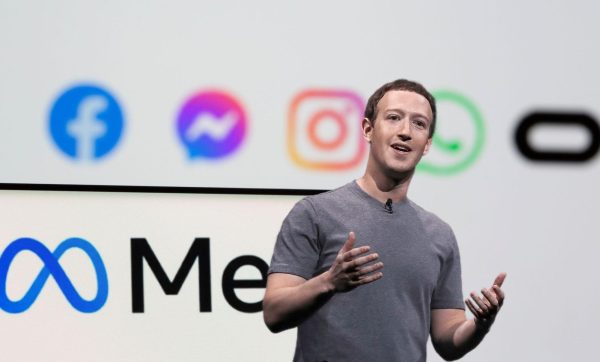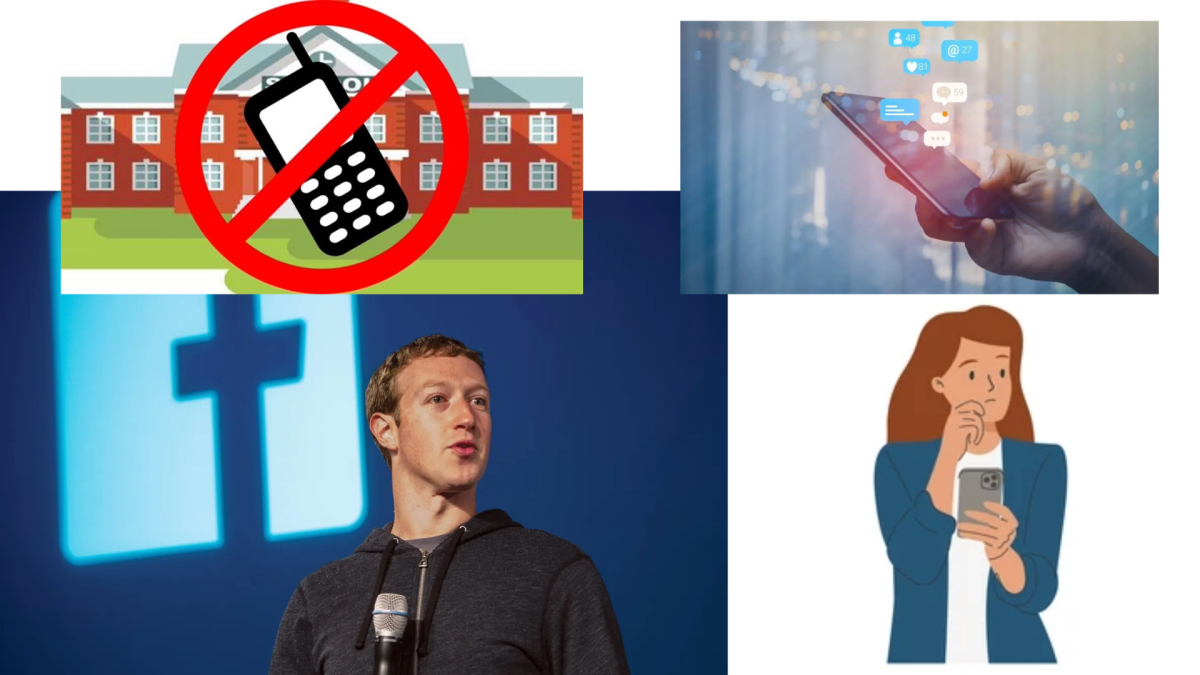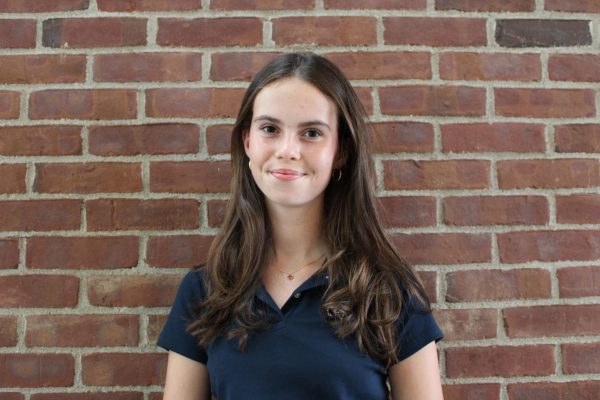Social media has grown exponentially over the past two decades, and now more than ever kids and teens spend hours online each day, with 62.3 percent of the world’s population active on social media, according to smartinsights.com. Mr. Mark Zuckerberg founded Facebook in 2004, and while it was not the first social media platform, preceded by others such as Six Degrees, MySpace, and more, it has become the most successful, boasting 3.07 billion active users, according to backlinko.com. Originally, Mr. Zuckerberg and his fellow Harvard University peers created the platform to connect college students with similar interests. Over time, however, it quickly evolved into the most-used social media app, now generating an annual revenue of $134.9 billion, an increase of 15.6 percent since 2023, according to businessofapps.com. Consequently, Sacred Heart Greenwich began to restrict cell phone use in school in order to curb this exponential increase.

Facebook and countless other social media platforms rapidly gained popularity because they connect people all over the world, making meeting new people easier. As a result, they began to replace in-person conversations. Mr. Teddi Nicolaus, a writer for The Nation’s Health, emphasized the importance of properly navigating social media and balancing it with other aspects of life to maintain a healthy lifestyle, according to thenationshealth.org.
“Regardless of how we use social media, it’s important to be aware of its effects on health,” Mr. Nicolaus said, according to thenationshealth.org. “Some studies show that overuse of social media can increase stress, disrupt sleep, lead to poor performance at work or school, and trigger anxiety and depression. And there is the ‘FOMO’ phenomenon, or ‘fear of missing out,’ which can occur when people spend too much time scrolling through pictures of other people’s so-called “perfect” lives and perhaps feel a twinge of envy. But many studies also show that social media can have tremendous benefits, such as providing an avenue for sharing important educational and health information, celebrating milestones, helping us feel connected to family and friends, and even serving as a lifeline when we’re lonely. Like anything else, balance is key.”
With Sacred Heart’s recent phone policy, the goal is to reduce students’ screen time. Over 70 percent of high school teachers say that their students’ phones are a huge distraction, according to The New York Times. Therefore, a decrease in students’ phone use will allow them to spend more time with friends and family, to be more productive with schoolwork, and explore or deepen their hobbies.

While social media is a staple piece of everyday life in the twenty-first century, maintaining balance is key. However, it is important to always be wary of the reality of social media and the bigger picture behind them. For example, Mr. Zuckerberg has been sued in two dozen cases in the United States (US) regarding the dangers that some of his social media brands, like Instagram and Facebook, have imposed on their audiences, especially the adolescent crowd, according to bloomberg.com. He has faced accusations from parents and younger users. Although people often reminded him that these brands are not safe for children, he ignored these discoveries and chose not to share them with the public, according to bloomberg.com. Dr. Carol Vidal, an adolescent psychiatrist at the Johns Hopkins Children’s Center and an assistant professor of psychiatry at the Johns Hopkins School of Medicine, discussed the importance of recognizing the risks of excessive screen time and maintaining a healthy relationship with social media, according to jhu.com.
“Ultimately, it’s critical for all of us […] to encourage a balance of moderate screen and social media use, outdoor activity, and exercise in today’s digital age,” Ms. Vidal said, according to jhu.com. “Restricting cell phone use in schools is a step in the right direction and an opportunity for children and adolescents to learn to engage with the world in a different way.”
Featured Image by Blaire Williamson ’27




